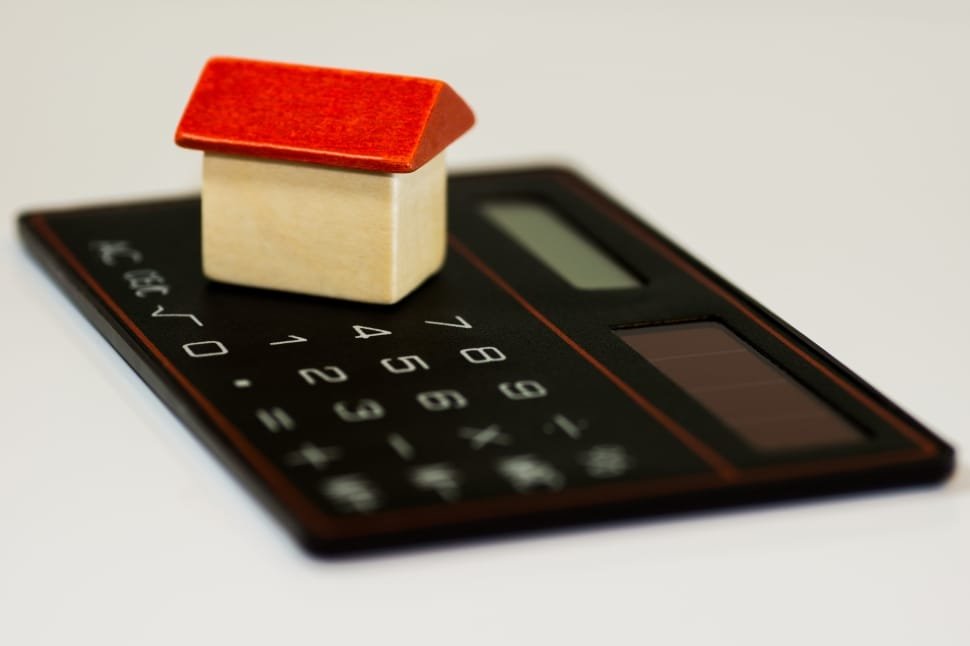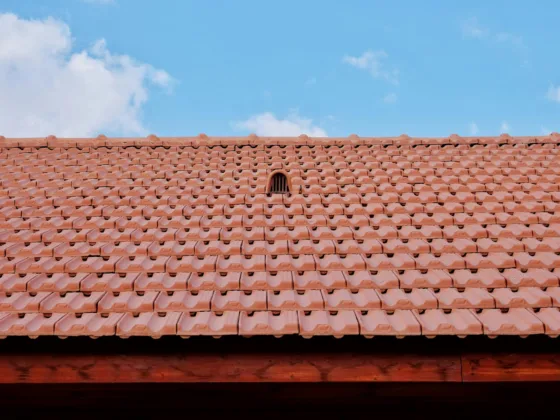As a homeowner planning to invest in a roof installation or replacement project, a smooth and accurate operation is your priority. That’s where a roof calculator makes things simpler for you. With this calculation, you can better determine the tentative cost required for the roof replacement or installation.

Your roofing contractor may use it to estimate the final cost before working on your project. Before understanding the uses and benefits of a roof calculator, let’s learn the concept.
The Advent of a Roof Calculator
With a roof calculator, calculations related to pitch, area, roof types, and shingle requirements become simple. Since its introduction on the websites, it has helped customers and contractors alike.
It does everything from calculating the overall expense to comprehending roof types, shingle needs, and materials. In addition, it also allows contractors to offer an estimated quotation before providing their clients with the services.
Is It Worth Using a Roof Calculator?
Whether you intend to replace your old roof or install a new one, a roof calculator can be immensely useful. There are different benefits to using the calculator. Given their usefulness in the current industry, a roof calculator helps you in a wide range of ways.
- Firstly, it accurately estimates the amount of money required for the roofing project
- By showing the average estimates on different roof types, it allows you to compare prices
- They are straightforward to use and do not need any training (just enter the information and get the estimates right away)
- Entering the correct information offer the accurate estimates
Roof replacement or installation is a big project where you need careful planning. Thus, reliable contractors provide customers with a calculator on the website. This allows customers to input specified details of the roofing project to get the estimate and make the decision accordingly.
Read Also:
Tips and Tweaks to Use a Roof Calculator
With a calculator, you can determine the house’s area. Suppose it is square or rectangular. You have to multiply its width and length. But you may require implementing the value of the pitch if it features a more complicated shape.
You may need to measure the rise and run of your house. Run measures the distance from the exterior of your wall’s top plate to the point below the ridge’s center. On the other hand, the rise is the triangle’s vertical leg.
It is the distance between points at which the roof rafter board extends above the top plate of the wall. Evaluating the run and rise measurement will help you calculate the pitch accordingly.
How to Use a Roof Calculator?
With Advance Roofing LLC, your calculation becomes simpler. All you need is to visit the official website and click on the ‘Roofing Calculator‘ section. The company has offered an all-encompassing four-step process, which is straightforward to perform. You need to follow these points:
- Enter the total square footage of the first floor of your house
- Click on the type of house (simple, slightly complex, and very complex)
- Type the number of floors (presented in a numerical format)
- Implement the value of the roof pitch (the number of inches the roof rises for every 12 inches)
Before you use it, your foundation step is to evaluate the approximate cost required for investing in a new roof installation. For this reason, you can measure the roof and calculate the number of shingles required for the project.
You can determine the estimate for shingles from the shingle type selected. Also, material costs are not the same for every location. So, you can get an estimate for the cost of the material after you consult the roofing service provider. On that note, let’s highlight the roof types and their varying costs.
- Shingles: They are long-lasting and require minimal maintenance. Shingle roofs comprise three layers: top, middle, and bottom.
- Tiles: They can last more than half a century with proper upkeep but are expensive to install.
- Metal: Their installation method is simple and lasts over 30 years with minimum upkeep.
So, this post has given you a comprehensive understanding of a roof calculator. If you are planning to invest in a new roof, it is time to use the calculator.









